COVID-19
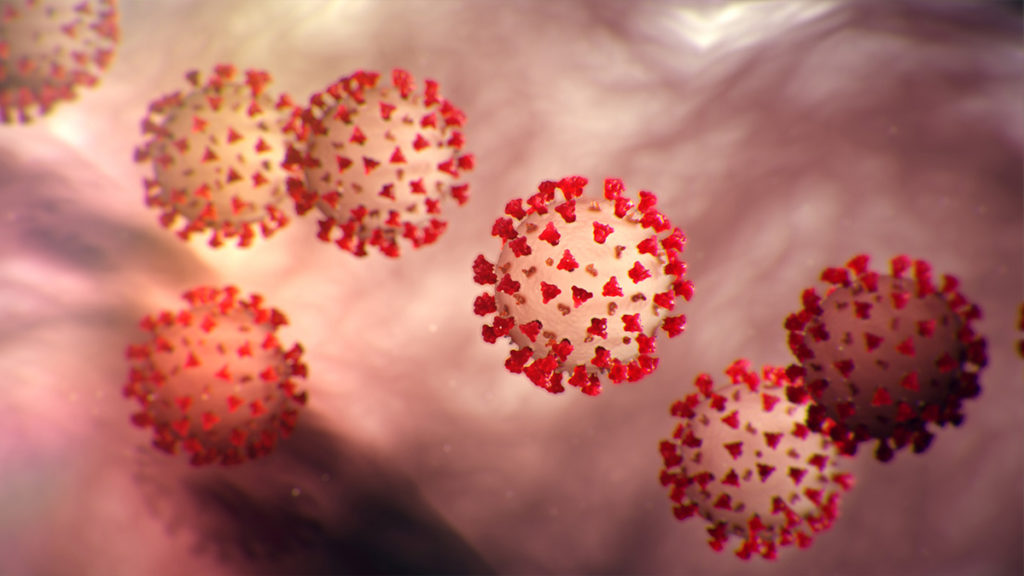
A different way of seeing…..
One of the unquestionable benefits of the study of macrobiotic principles lies in the ability to put on the magic spectacles of the Unifying Principle. Doing so allows us to observe not only the visible, physical body and organs but also to begin to consider how the world of vibration and energy plays a role in health and disease.
This way of seeing actually forms the theoretical foundation and underlying basis of most traditional approaches to healing, among them Traditional Chinese Medicine and Ayurveda, both of which seek balance and harmony in prevention and cure by investigating forces they call “Chi” or “Prana”.
Though the very existence of such energies can be called into question, these ancient teachings have much to offer in the ongoing quest to broaden mainstream medicine’s efficacy against chronic infection and degenerative illnesses like cancer and cardiovascular disease.

With respect to the current attention on an emerging pandemic, the web is being inundated with advice from every corner of concern as the Center for Disease Control, the Johns Hopkins School of Public Health and even pop culture physicians are all weighing in – and for good reason. What we’ve seen so far as COVID-19 spreads is most certainly only the tip of the iceberg and the impact of the spread of this disease is likely to worsen in the coming weeks and months.
Using traditional approaches to reflect on the proliferation of this virus, what occurs as it enters the body, and how it either worsens or improves in different individuals over the short time it invades the human body might help us to better manage onset and improve outcomes.
Viruses tend to be seasonal …..
COVID-19, like influenza and other viruses, usually appear as weather changes from hot and dry to warm, and from warm and moist to cold and damp. This is a contracting (yang) movement and manifestation, as summer changes into fall, and fall into winter.
In hot weather, many people in the Northern Hemisphere indulge in more grilled meats, fruits, sugar, and acid-producing vegetables (think summer cookouts, ice cream, watermelon and smores around the campfire) setting up an ideal host for viruses that thrive in an acidic blood environment. After the Fall Equinox, with unseasonable hot weather often returning briefly, viral infections begin to emerge. Historically, this is when most cases of polio first emerged before Jonas Salk got to work on his vaccine — and now these months are commonly called “flu season.”
Cases of bronchitis or sinus congestion at these times, accompanied by mild fevers and malaise, are usually easily managed with common over-the-counter remedies, rest and the proverbial chicken soup approach preferred by our elders.
But too much animal food or salty dishes (yang) during this time can complicate recovery, often driving infections deeper into the respiratory system and sometimes causing pneumonia.
Instead, foods rich in Vitamin C, and even supplementation, are expansive (yin) approaches that counterbalance the downward energy of meat, eggs, and salt; however, a far easier as a way to shorten the illness and return to balance is by limiting or totally eliminating animal food and in particular all milk-based dairy from the diet as soon as upper respiratory symptoms first emerge.
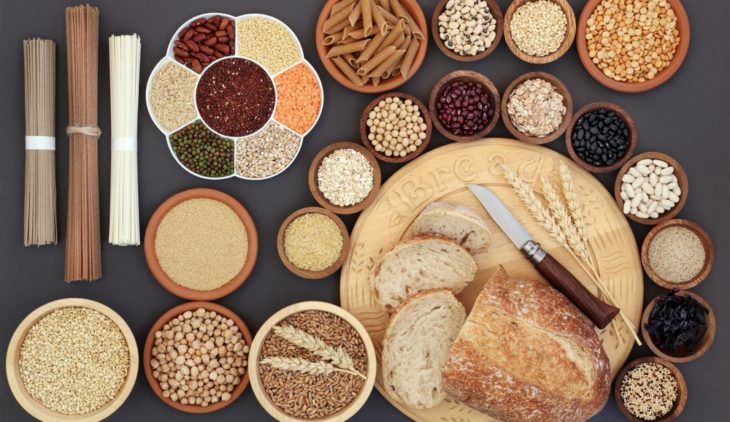
A 2019 study from the Journal of the American Heart Association found that middle-aged adults who ate diets high in healthful plant foods and low in animal products had a lower risk of heart disease. Plant-based diets focused on whole cereal grains, seasonal vegetables, and fruits, nuts and seeds are best not only to prevent disease but for the health of our planet.
What should I do right away?
Don’t panic if you begin to show any signs of illness! COVID-19 is not a death sentence, and most people will experience only mild symptoms and recover as we have seen with cases of the flu. Stay hydrated, minimize social contacts and rest; short term use of any number of natural nasal sprays readily available on the market can also be used to keep a runny nose from spreading the virus and relieve nasal congestion although this symptom is more often an indication of influenza or the common cold than a sign of COVID-19. One benefit of acting quickly when symptoms first appear is to assure a good night’s sleep – vital in maintaining a healthy immune system.
But this is not the flu — this time it’s different – but not entirely!
COVID-19 presents us with a new challenge, though the principles to follow remain the same. Clinicians in China report that individuals with hypertension and cardiovascular problems tend to have greater complications and morbidity than others, so one must reflect on what might have been the original cause of these imbalances. The answer more often than not is that this population has consumed animal food resulting in acidic blood resulting in a contracting, downward force that narrows blood vessels and increases pumping pressure; in other words, hypertension.
When the coronavirus invades the body through the air, it first enters the nasal passages, sinuses, throat and the upper airways. Keeping the nasal passages clear through the use of steam or humidifier is a good idea, particularly in a heated, dry home. Gargling with warm, salty water and placing a warm compress over the face and bridge of the nose may also be helpful. In addition, experiment with a saline nasal gel or mild herbal salves to keep the passages lubricated and keep tiny viral particles at bay.

If the virus becomes particularly virulent, it will have a tendency to move downward (yang) as it replicates and will eventually impact lung tissue while attaching itself to the epithelial cells or lining of the entire respiratory system. In this environment, mucous causing foods like milk, yogurt, cheese, and butter create the perfect environment for the virus to take up residence and do considerable damage. Though some practitioners recommend the use of spices, strong spices will disperse the harmonious energies of the lungs (despite some anti-inflammatory benefit of some) and are contraindicated when symptoms are present.

Garlic contains hundreds of minerals and nutrients. It is very likely that no one ingredient is the “active ingredient.” It is likely that garlic’s effectiveness and safety come from these ingredients working together in concert.
One exception is garlic, a member of the Lilly family whose closest cousins include the onion and shallot – more roots – and in fact, most healers don’t consider it a spice per se but rather recognize its immune-boosting quality.
Time for chicken soup? Vitamin C?
Not necessarily! What about piling on Vitamin C-rich fruits? Maybe not so wise either since acidity can make things worse. In that sense, it’s prudent to avoid vegetables that cause too much acid as well, like tomatoes, potatoes, and eggplant. Though many natural health providers recommend various vitamin supplements to boost the immune system, making smart choices in daily food has the most direct effect on our overall blood quality and offers us the best defense.
But are there any supplements or tinctures that can be beneficial now?
The regular use of astragalus and elderberry syrup are great preventative measures that can be included; however, if symptoms appear, discontinue astragalus immediately as this will “keep the burglar in the house” as the Chinese adage says about its use when already sick.
Vegetable foods that possess gentle upward (yin) energies, like leafy greens (also known as signature choice foods as the green leaves of collards, kale and others have the same form as the lungs and bronchial tree) offer the balancing energy needed.
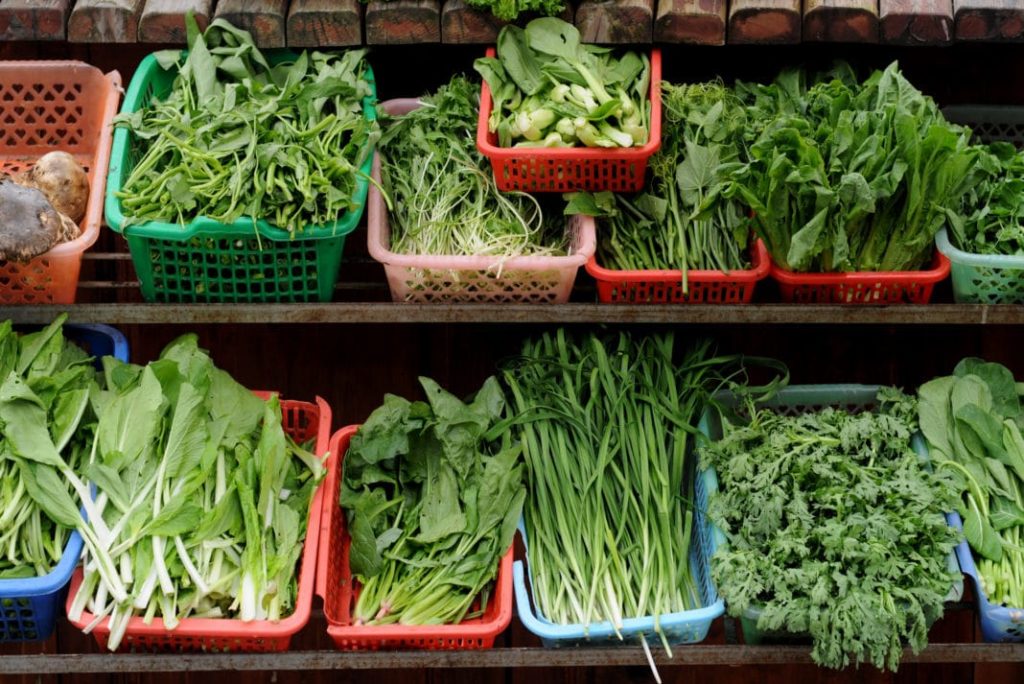
Spinach, though high in iron, can create acidity due to its high content of oxalic acid so that particular green vegetable is best minimized. Mushrooms in small quantities – especially cordyceps, Reishi, maitake, and shiitake, are ideal foods and should always be cooked and used often in small amounts and a variety of dishes. They match the upward energy criteria perfectly; also think scallions, leeks, and chives in this regard.
The overall goal is to create and maintain alkalinity. To that end, become familiar with the miraculous Japanese plum called umeboshi. These tasty “pickled” plums have an alkalizing effect on the body, as both the shiso leaves, the citric acid, and the fermentation process form a triple-punch of health benefits that help to combat and eliminate nausea, diarrhea, bacterial infections, and many other ailments.
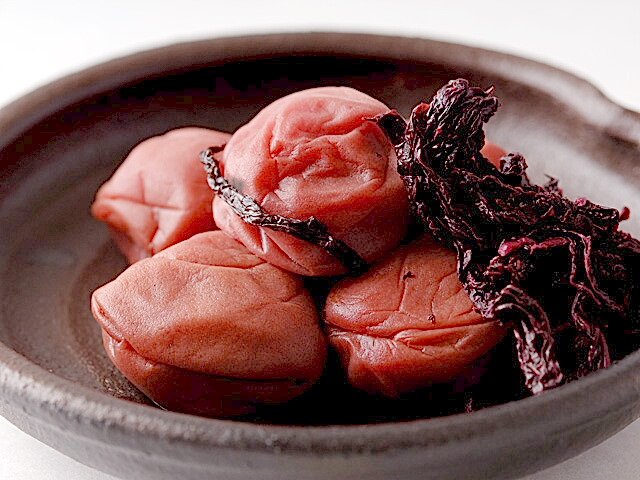
Viruses and bacteria which cause bronchitis and colds thrive in an acidic environment. Keeping pH in the slightly alkaline range of 6.8-7.2 can reduce the risk and lessen the severity of colds, sore throats, and bouts of influenza. One way toward achieving this important balance is by including gently upward, relatively quick-growing vegetables and mineral-rich foods that are easily digested. It is logical that eating a lot of animal foods after testing positive can be catastrophic – especially for the elderly who for decades may have already eaten plenty of salted pork and beef, or for those individuals with diabetes or other immune-suppressed conditions. Consumption of animal food makes it nearly impossible to maintain an alkaline environment especially when sugar is present in the diet as well. That’s the perfect combination for worsening an already bad situation.
What might the ideal menu look like? What foods should be included?
Use of root vegetables (onions, turnips, carrots, parsnips, etc.) in stews with a dash of rosemary is appropriate in such cases. Serving whole grain dishes like soft cooked millet (the only alkaline grain) mashed with cauliflower (the signature vegetable of lungs and the bronchial tree) are very digestible and satisfying.
Especially in colder weather, daily intake of warming soups — sometimes including small amounts of thinly sliced daikon radish (to break apart fats in the upper body) and wakame sea vegetable (mineral-rich) seasoned with mild miso (enzyme-rich fermented foods) are always helpful.
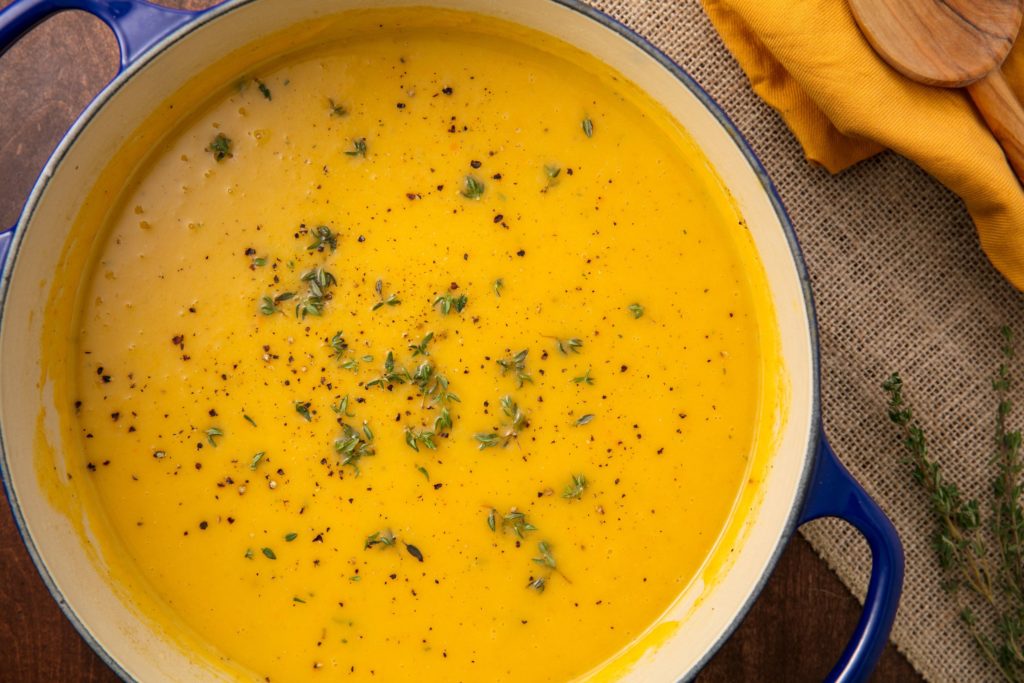
Sweet soups served with generous scallions as a garnish once a day moistens tissues and helps a dry cough; if fresh lotus root is available, small side dishes with other sea vegetables like arame or hijiki can be helpful as well. Overall, salt should be used sparingly if symptoms present – but by no means avoided!
Fall and late fall cooked fruits like stewed apricots or applesauce can help those with sweet cravings. As coronavirus is sensitive to heat, hot liquids like herbal teas and soups are beneficial; as such, icy beverages should remain out of sight until there’s reason to celebrate.
Most people who do test positive will recover within a short period of time, though many will suffer through weeks of discomfort. Should breathing become labored or extremely difficult, immediate medical attention including respirators can be lifesaving. There’s a time and place for compresses and special dishes, but not when gasping for air.
What’s the best way to prevent getting sick?
Aside from handwashing hygiene and social distancing, keep in mind that what we eat creates the best defense against illness and boosting our immune system every day need not be complicated or costly.
To that end, the Web also offers another great immune booster. Rather than reading the daily news about the spread of COVID-19, find some funny videos and laugh!! There is plenty of science behind this last recommendation; mirthful laughter increases NK cells in the body (the ones that mount defenses against invaders) and it’s a lot more fun than contemplating where the spread of this virus might go next.
So now that you’re stuck at home, invite a trusted friend over for dinner, chew well, and find a funny way to laugh yourselves to health and happiness.
Good Health!
Comments
Thank you Bill for posting all this information in one article. I appreciate the reminder and am grateful to you for efforts on behalf of everyone’s best health. Love to you, Joan and your boys.
I love your common sense approach & espcially about laughter Thankyou Bill
Thanks for always being right on track! A great reference for friends and family asking what to eat and do!!!
Appreciating your clarity so much!
VERY INTERESTING WOULD LIKE TO KNOW MORE PLEASE…
Thank you for being so clear!
Helpful and appreciated. One note is you reference a “runny nose.” All the research and information I have say runny nose is a rare indicator, and more common with a typical cold and sometimes with the flu. This is significant so people can track the likelihood of what they have.
Excellent point. Thanks for weighing in, and I have edited that mention accordingly. WS
Thank you, this is wonderful! <3
Very usefull, many thanks Bill. I hope you don’t mind that I share, I add your blog-link of course. All the best, simon